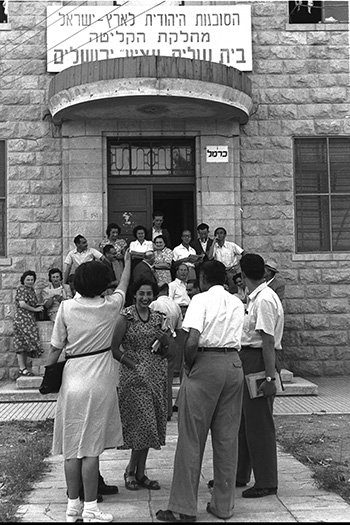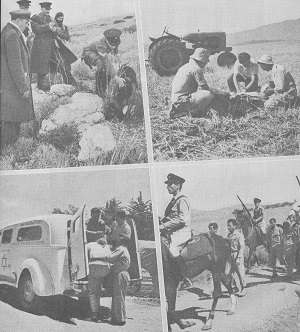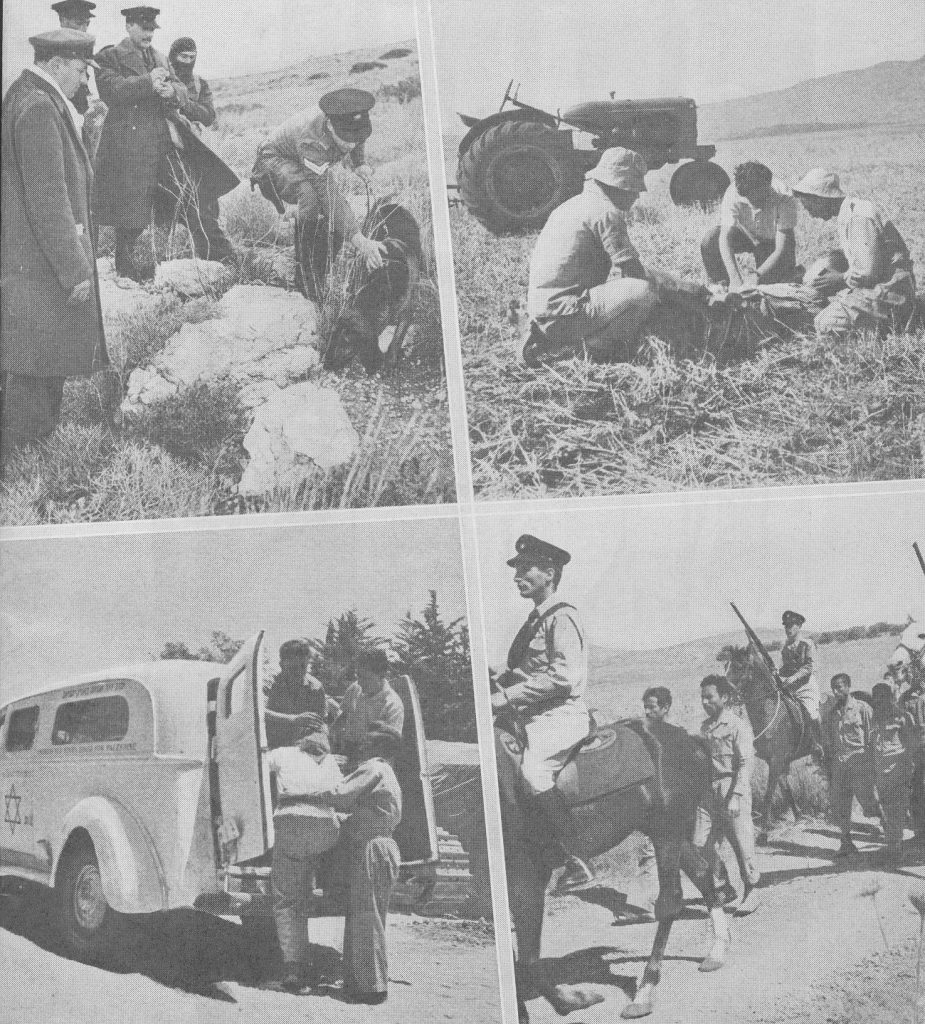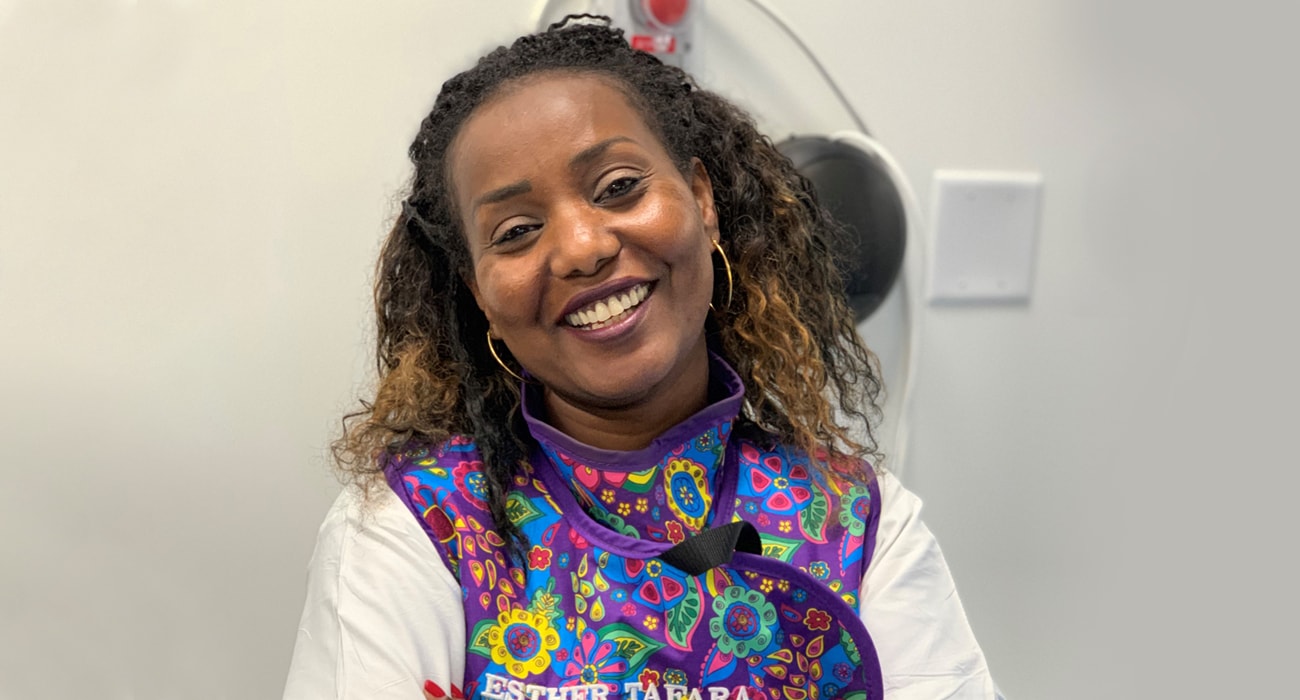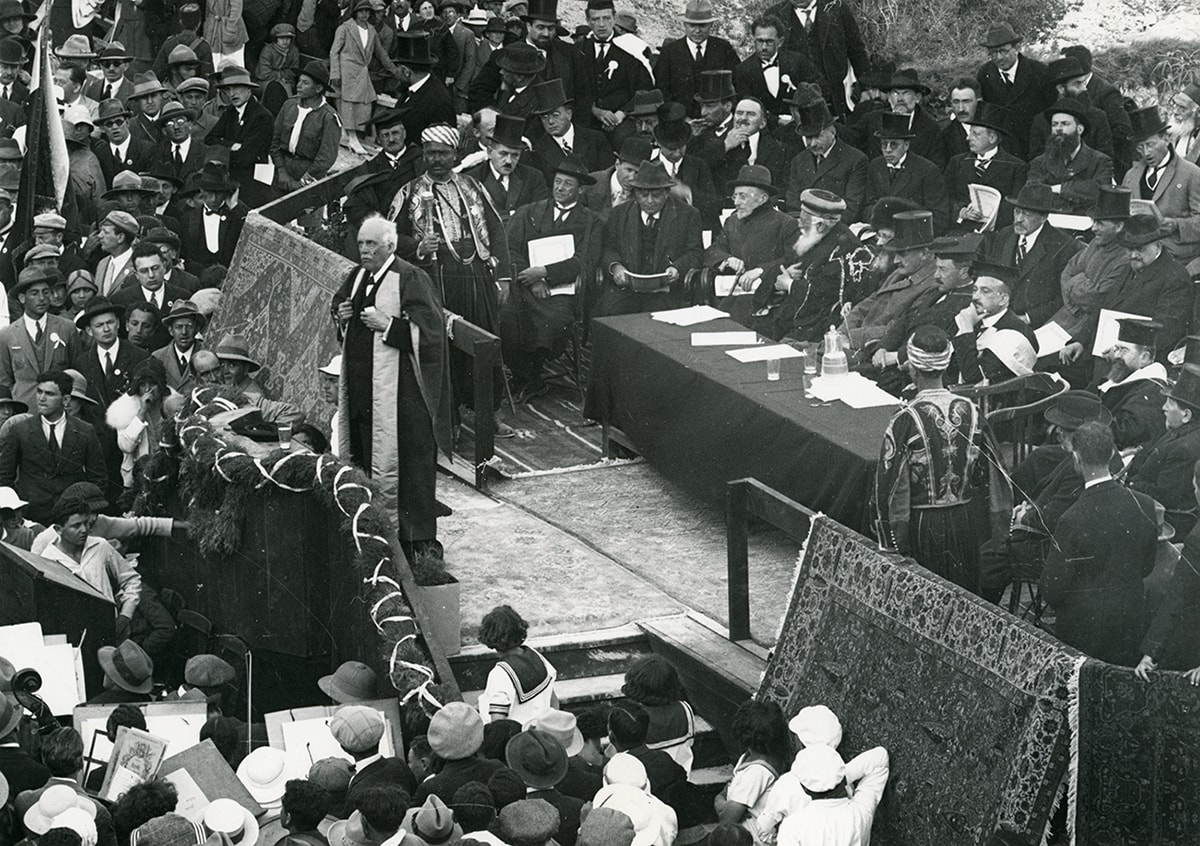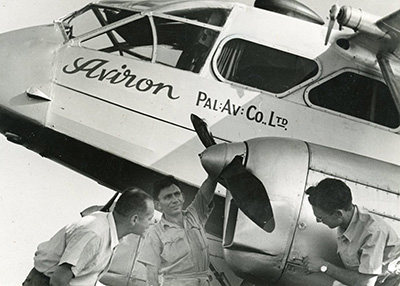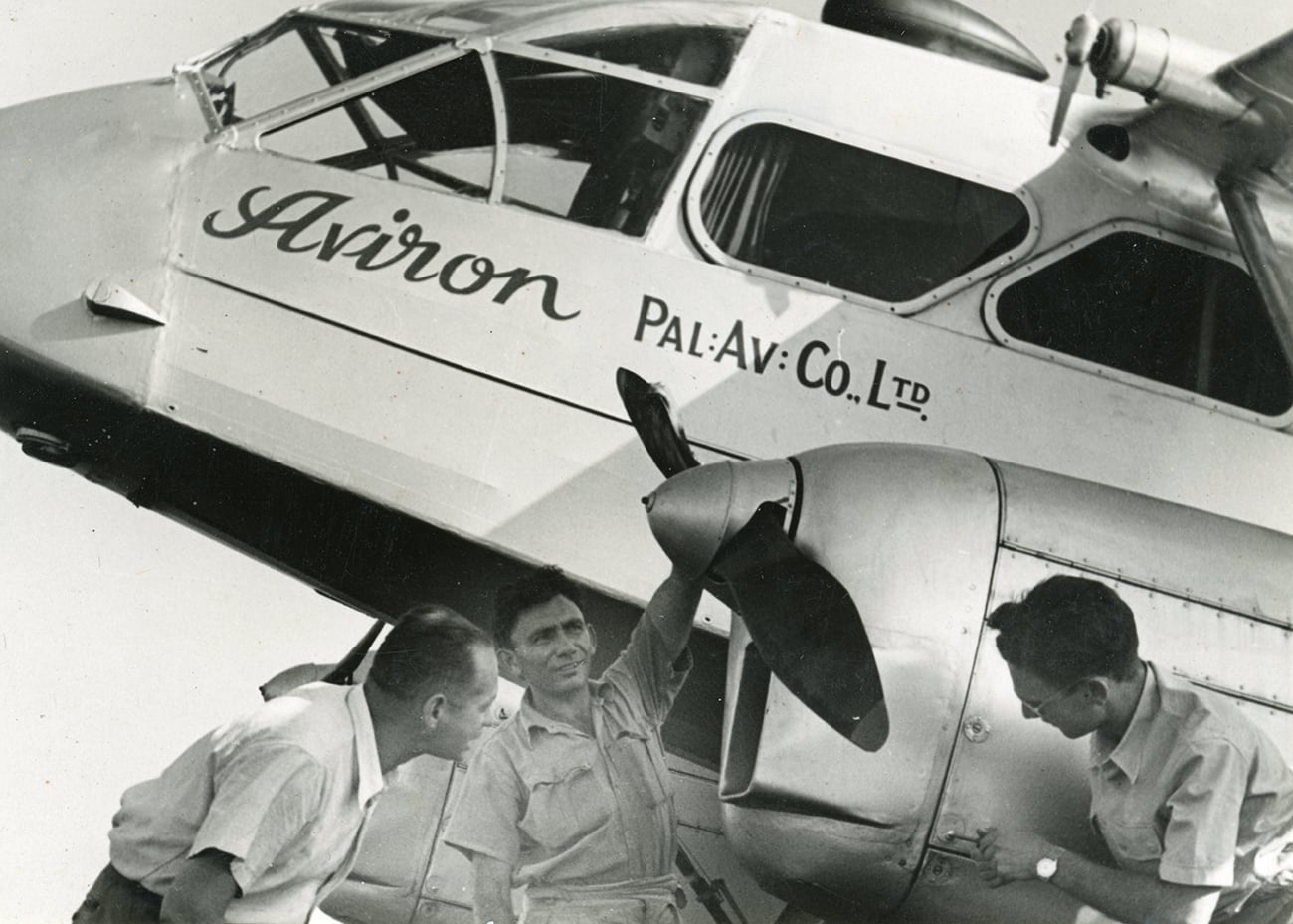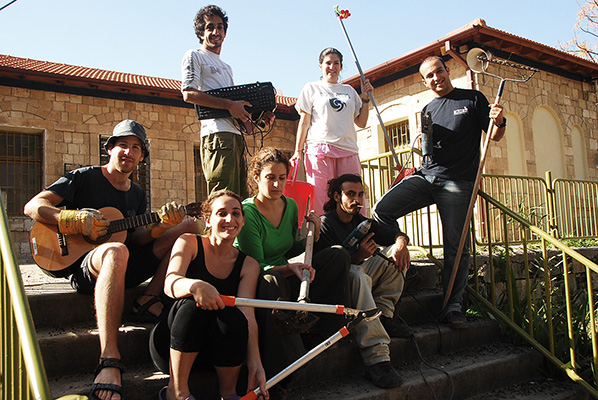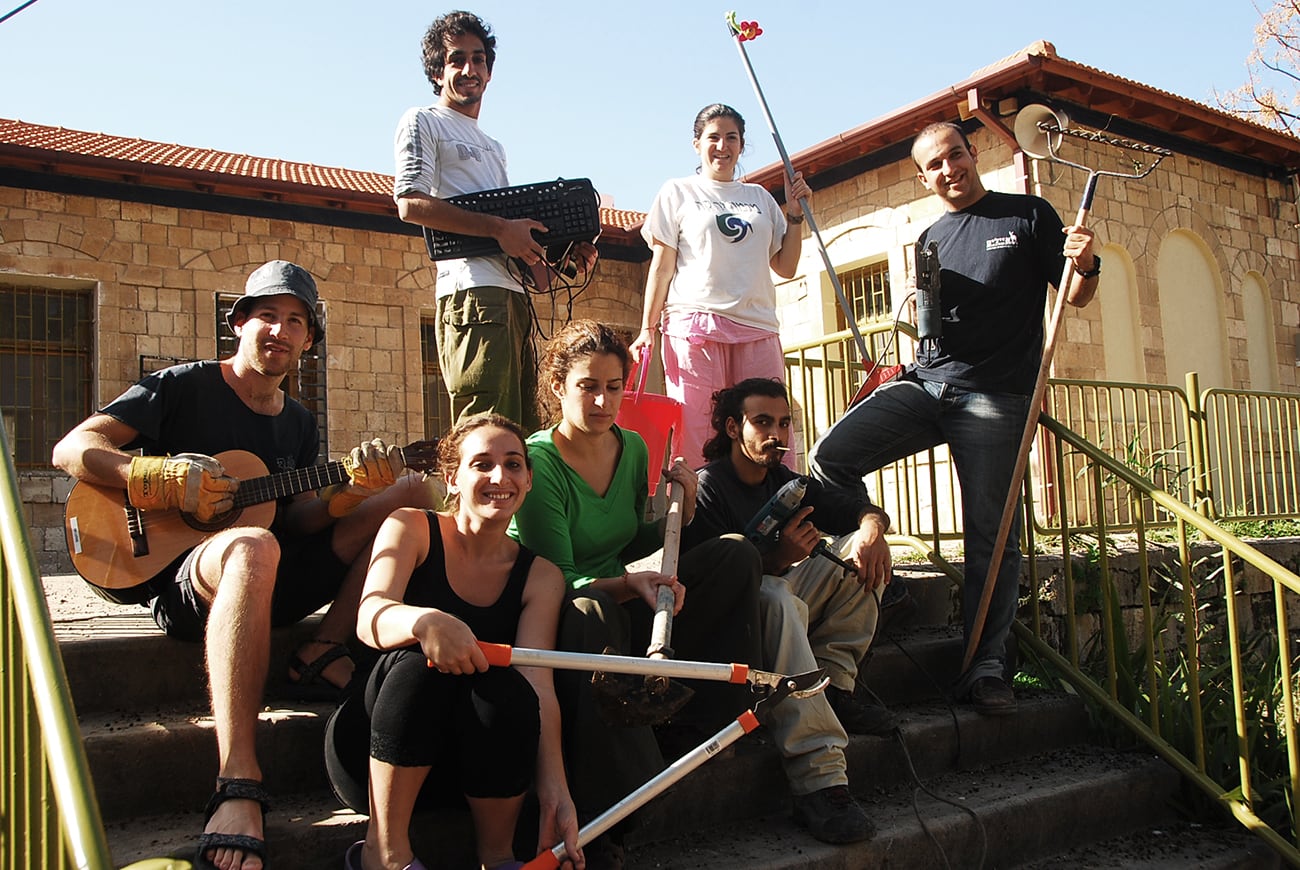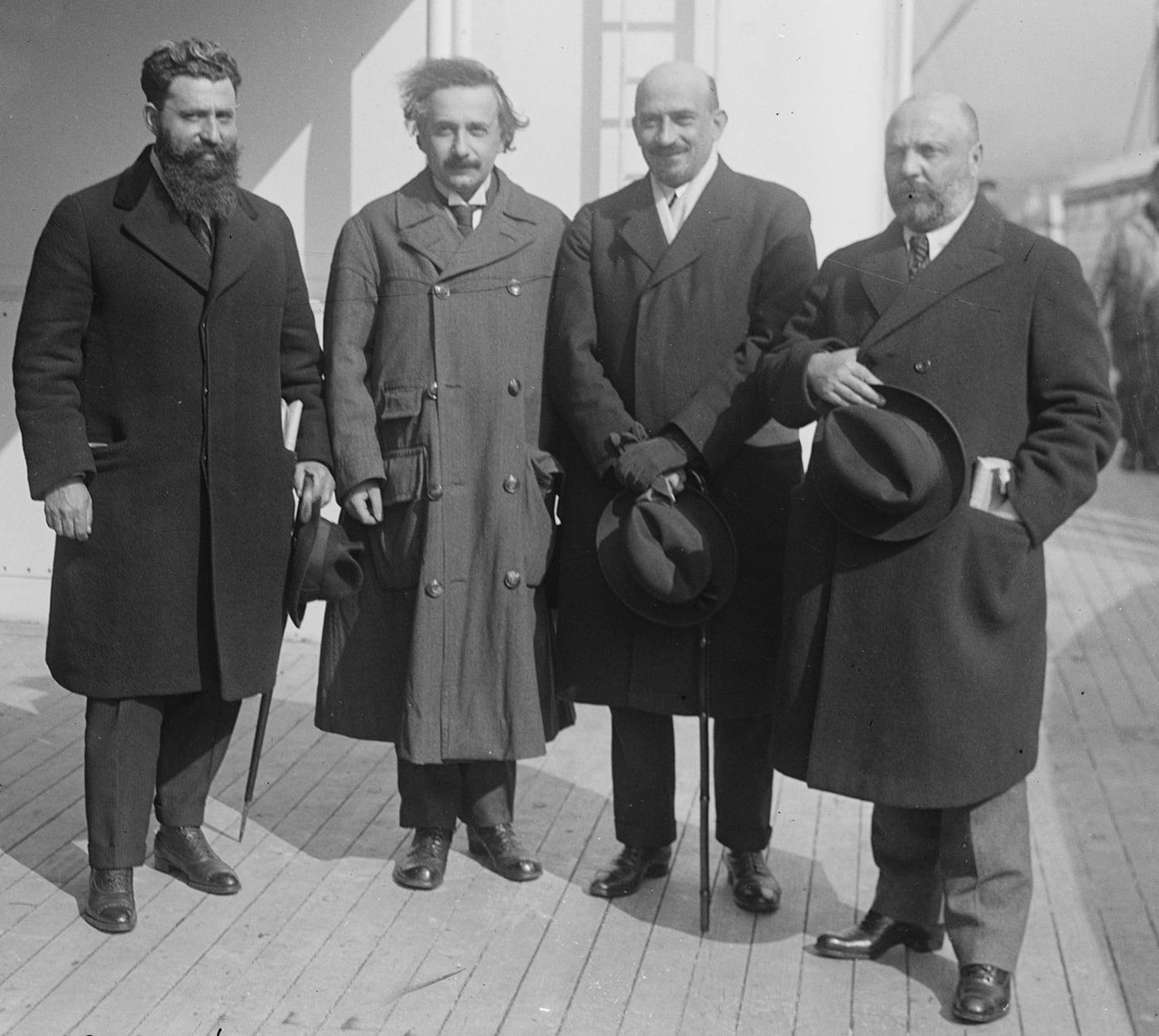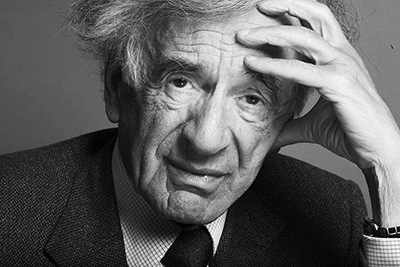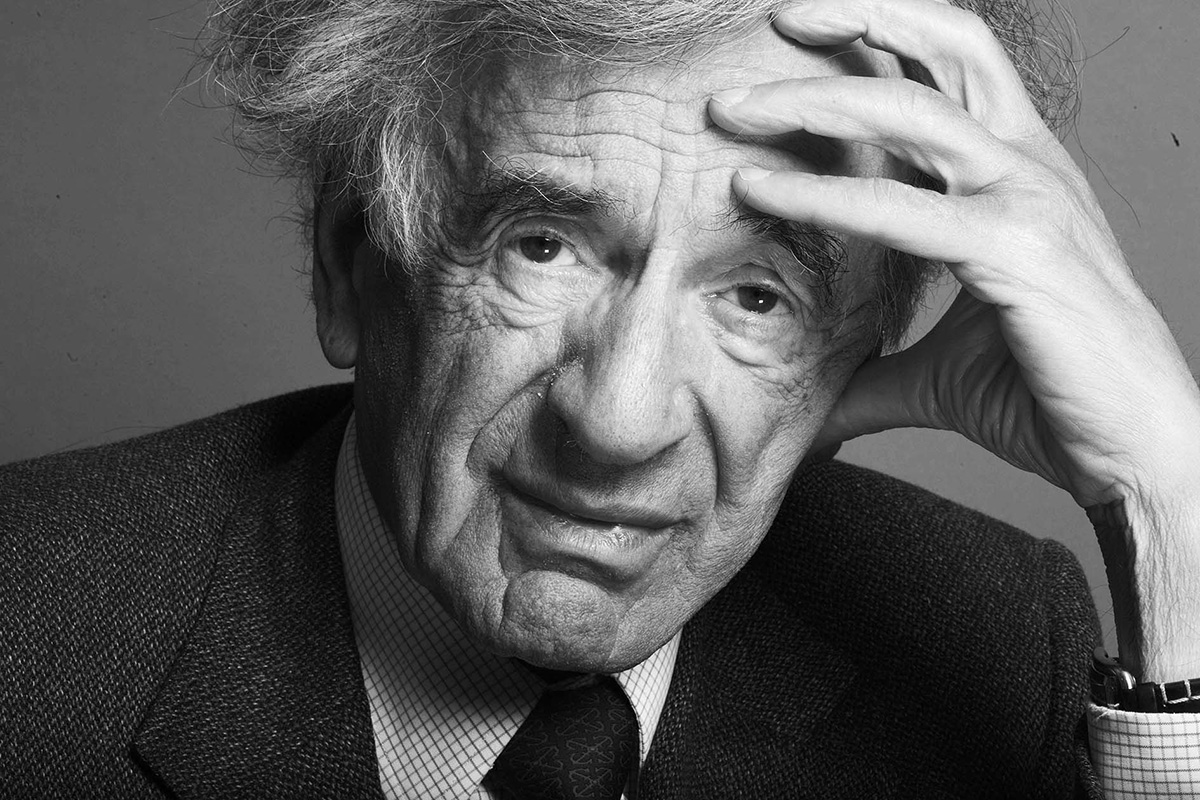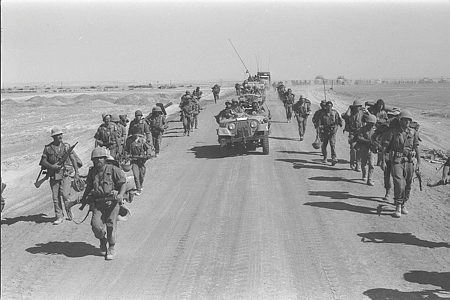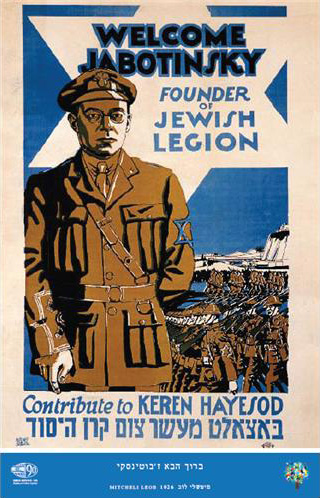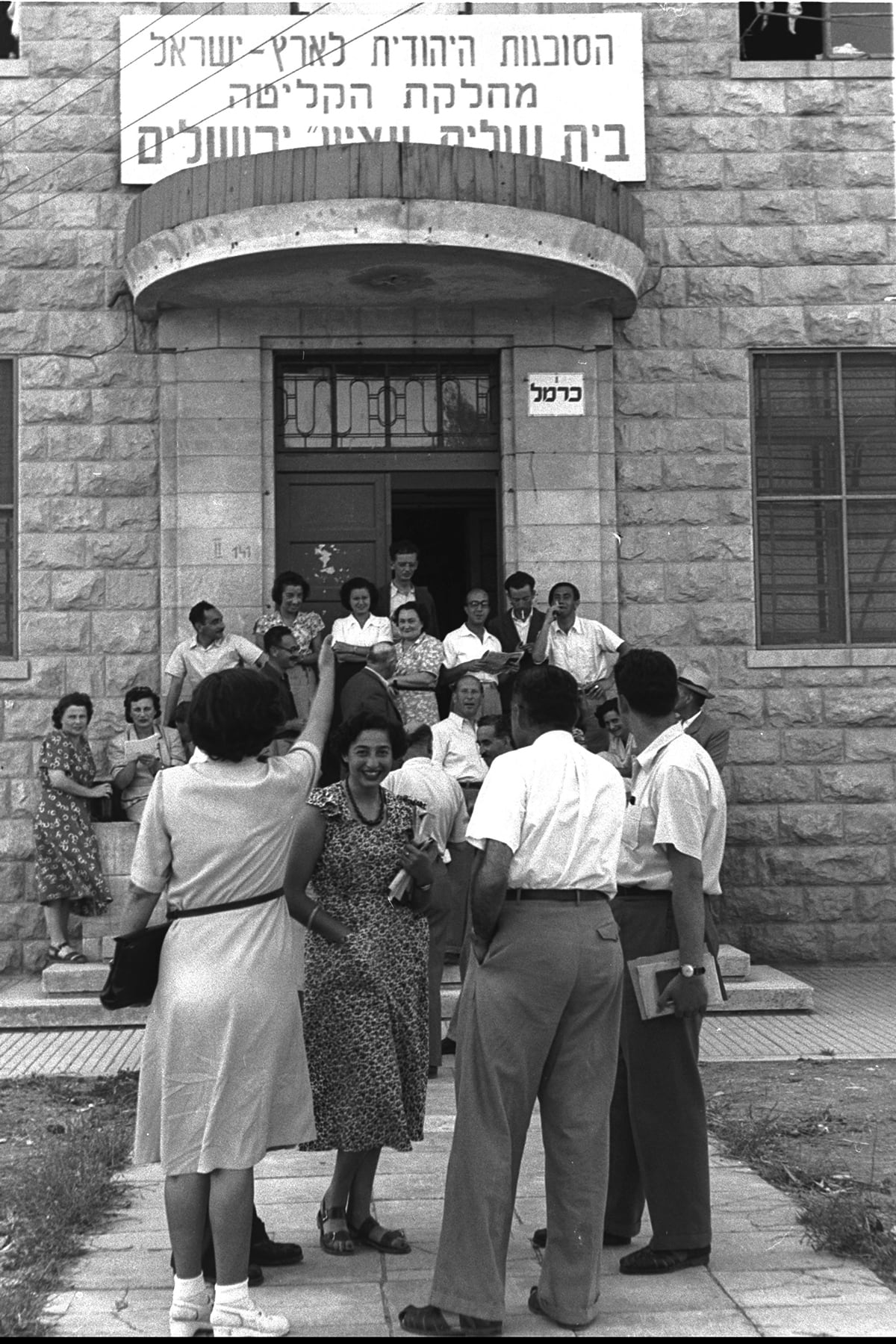
To ensure a soft landing after a long ship or plane trip, in December 1967, the first absorption center was opened in the town of Arad, not far from the picturesque Sodom Mountains. Although Hebrew language ulpanim for new immigrants already existed, the massive waves of immigration required a framework to address the new immigrants’ needs. Within two years, a further 12 absorption centers were established in Haifa, Ashdod and Karmiel and many other places around the country. At their height, there were 50 absorption centers. Today with the assistance of Keren Hayesod and the Jewish Agency for Israel, 23 absorption centers operate throughout Israel. The new immigrants learn Hebrew, receive employment training and acquire the tools needed to integrate into a modern, vibrant society. New immigrants who choose not to go to absorption centers have the option of alternative absorption packages with various benefits and possibilities to help ease their transition. Since the establishment of the state, Keren Hayesod has helped over 3 million Jews make aliyah. One third of them have passed through the absorption centers. Not bad for 50 years.
Photo: Etzion Immigrants House in Jerusalem, where Hebrew was taught, 1950
Sign over the door: Jewish Agency for Israel, Department of Absorption, Etzion Immigrants House, Jerusalem
